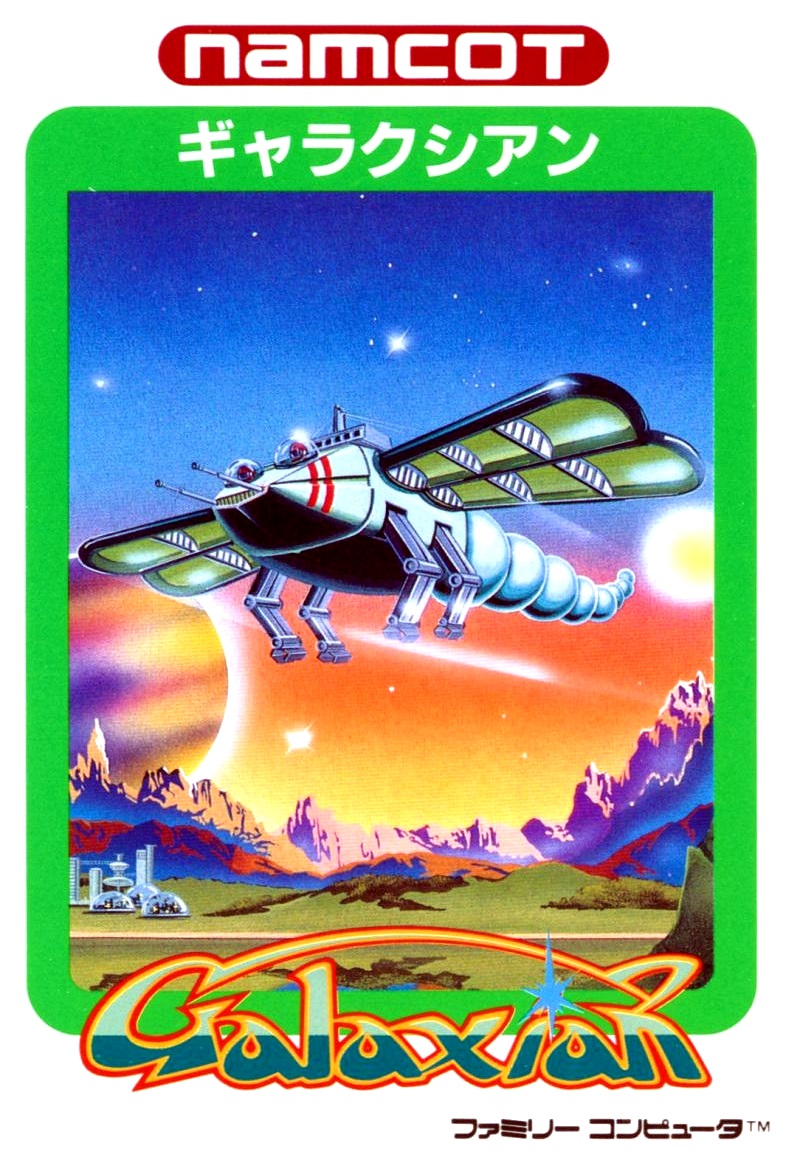

Bitmap layer: Star generator, vertical scrolling.Tilemap layer: 8x8 tile sizes, vertical scrolling, column scroll.Overscan resolution: 384x264 (horizontal), (horizontal), 264x384 (vertical).Display resolution: 256x224 (horizontal), 224x256 (vertical).GPU chipset: Namco custom video hardware.One programmable 4/8-bit waveform channel.Sound chips: Namco custom sound hardware.CPU: Zilog Z80 3.072 MHz ( 8-bit & 16-bit instructions 0.45 MIPS).According to Family Computer designer Masayuki Uemura: Nintendo also credited the Namco Galaxian hardware as the basis for their own Nintendo Classic hardware used for the Radar Scope and Donkey Kong arcade games, and subsequently the Family Computer ( Nintendo Entertainment System) console. The Namco Galaxian hardware was widely used by other game companies during the golden age of arcade video games, including Centuri, Gremlin, Irem, Konami, Midway, Nichibutsu, SEGA, and Taito, as well as bootleg manufacturers. Namco Galaxian also introduced a sprite line buffer system, which was adopted by later arcade system boards from other companies. Its introduction of colorful tilemap graphics distinguished it from the Taito 8080 monochrome framebuffer system of Space Invaders. It used specialized graphics hardware supporting RGB color, multi-colored sprites and tilemap backgrounds. The Namco Galaxian is an 8-bit, two-dimensional, arcade system board, that was first used by Namco in 1979. For the specific arcade game, see Galaxian. This article is a generic description of Namco's "Galaxian" hardware.


 0 kommentar(er)
0 kommentar(er)
